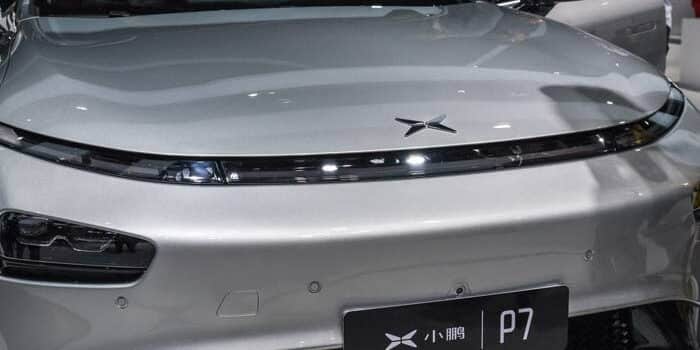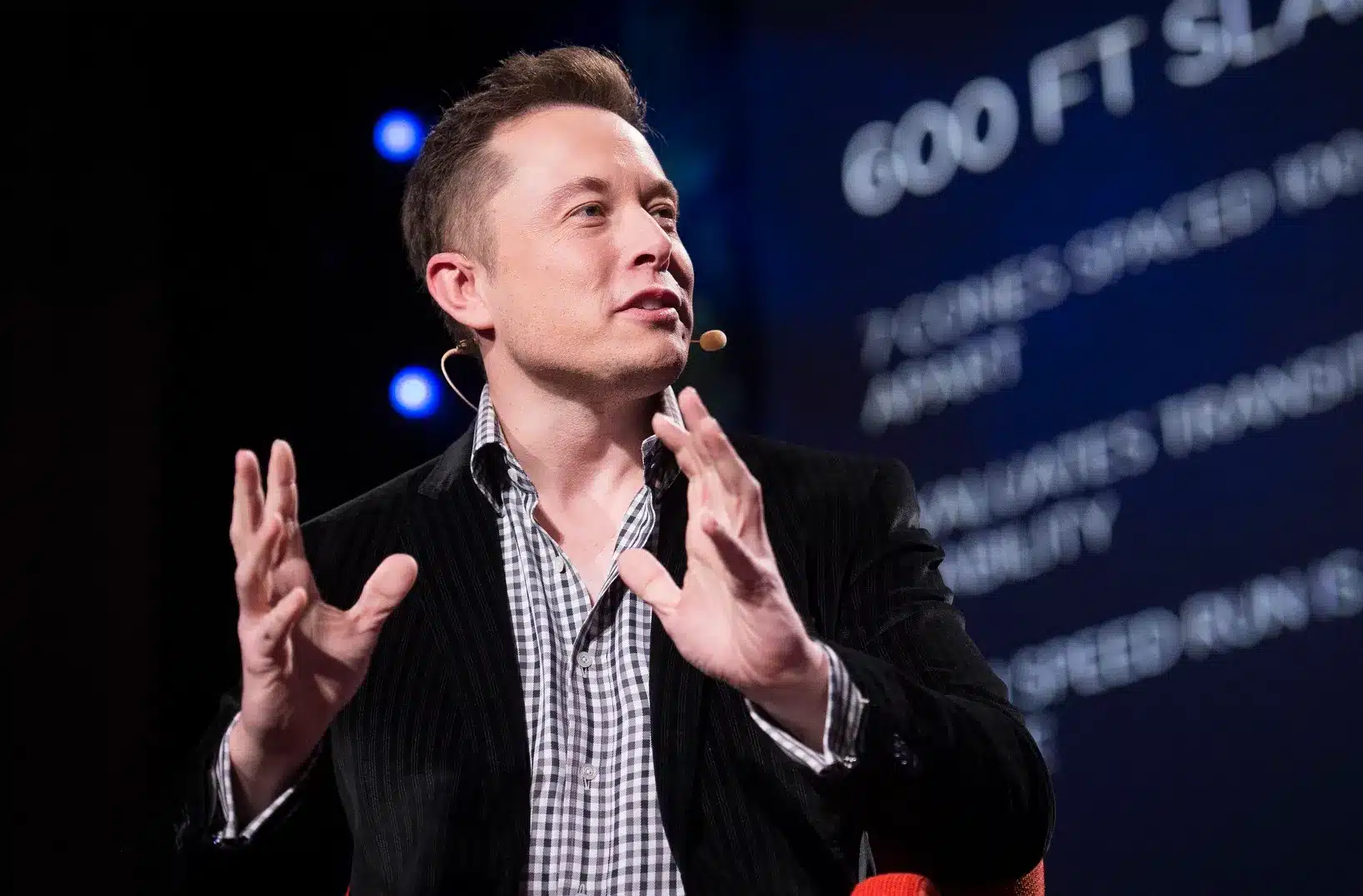The electric vehicle revolution has hit a critical juncture as automakers grapple with the pressing need to bring down the prices of their models to avoid a demand slump.
With persistently high inflation eroding consumers’ purchasing power and rising interest rates making financing more expensive, the once-rapid adoption of EVs is facing major headwinds.
To solve these problems, Tesla says that it will have a $25,000 crossover EV by just 2025, but is that even possible?
Recognizing this challenge, major players in the industry are intensifying their efforts to produce more affordable electric cars, with Tesla leading the charge and legacy automakers following suit.
Key Takeaways: Is the $25,000 Tesla Finally Here?
- Tesla’s $25,000 EV Ambition: Tesla aims to launch a $25,000 crossover EV by 2025, potentially revolutionizing the affordability of electric cars and boosting mass-market appeal.
- Challenges to Affordability: High production costs, particularly for batteries, pose significant barriers to reaching this price point. Tesla is at the forefront of innovation to reduce costs but faces fierce competition.
- Rising Competition: Chinese automakers like BYD and Geely have made strides in affordable EVs, dominating their domestic market and posing a future threat to Tesla.
- Legacy Automakers Join the Race: Companies like General Motors, Ford, and Volkswagen are also working to produce budget-friendly EVs, targeting price points around $25,000 to $30,000.
- Cost-Reduction Strategies: Automakers are using innovative manufacturing techniques and scaling back on features to lower production costs without compromising the consumer experience.
- Uncertain Consumer Response: While affordable EVs could drive widespread adoption, it remains uncertain if consumers will embrace lower-cost models that might lack some premium features.
Tesla’s Pursuit of a $25,000 EV: A Game-Changer in the Making?
At the forefront of this cost-cutting push is Tesla (TSLA), the pioneer of the modern EV era.
For years, CEO Elon Musk has tantalized consumers with the promise of a truly affordable electric vehicle, priced at around $25,000. This long-awaited “Model 2”, as it’s been dubbed, could potentially revolutionize the mass-market appeal of EVs and propel Tesla to even greater heights.
In a recent investor call, Musk reaffirmed the company’s commitment to this goal, stating that Tesla is accelerating the launch of more affordable models.
“We’ve updated our future vehicle line-up to accelerate the launch of new models ahead of the previously mentioned start of production in the second half of 2025”, Musk said, indicating that the cheaper models could arrive by late 2024 or early 2025.
Musk’s comments were welcomed by investors, who have been anxiously awaiting a more budget-friendly offering from Tesla. The company’s shares rose 11% after the announcement, underscoring the potential impact that a $25,000 EV could have on Tesla’s financial performance.
The problem is that cars and especially EVs aren’t cheap to make.
The Hurdles: Overcoming Cost Barriers and Intensifying Competition

Bringing a $25,000 electric vehicle (not including any potential tax credit) to market is no small feat. Tesla, like its competitors, faces significant challenges in reducing production costs while maintaining acceptable profit margins.
The high prices of battery packs, which can account for up to 40% of an EV’s total cost, remain a stubborn obstacle.
This is because they have to be absolutely massive. For example, the battery in the long-range Tesla Model 3 holds nearly 18,000 times the charge as your iPhone battery. It costs a lot to buy all of the materials needed, including expensive rare earth metals, and it isn’t cheap to actually manufacture the battery either.
Tesla has long been at the forefront of the technological development of high density batteries so it is still the most likely contender in the US to bring a $25,000 EV at the moment. All it likely needs is one more major step to increase density and lower costs.
Moreover, Tesla is not the only automaker vying for dominance in the affordable EV segment. Chinese manufacturers such as BYD and Geely have already made significant strides in offering budget-friendly electric cars, primarily in their domestic market. They have multiple advantages because China produces a large portion of the world’s rare earth metals and labor there is significantly cheaper than it is in the US and Europe (though that is already changing).
BYD, in particular, has emerged as a formidable rival, temporarily surpassing Tesla in EV sales during the latter half of 2023.
Also read: Tesla Stock Price Continues to Tumble As Deliveries Crash – All of Tesla’s Headwinds Explained
“The Chinese car companies are the most competitive car companies in the world”, Musk acknowledged during the investor call.
“If there are not trade barriers established, they will pretty much demolish all other car companies in the world. They’re extremely good.”
While Chinese automakers are currently barred from selling their vehicles directly in the United States due to trade barriers, their presence in neighboring markets like Mexico poses a potential threat to Tesla’s aspirations of producing an affordable EV.
Legacy Automakers Join the Affordability Race
Tesla is also not alone in its quest for a cheaper electric car. Legacy automakers, recognizing the growing demand for more accessible EVs, are also stepping up their efforts.
General Motors (GM), for instance, has announced plans to introduce a compact electric SUV priced around $30,000 by 2025. The automaker’s CEO, Mary Barra, has emphasized the importance of producing affordable EVs, stating that the company wants “to make sure that we have an EV for everyone.”
Ford (F) has also set its sights on the budget EV market. The company’s CEO, Jim Farley, recently hinted at the possibility of a small, inexpensive electric pickup truck, designed to appeal to cost-conscious consumers.
Meanwhile, Volkswagen has been working on a dedicated electric vehicle platform specifically designed to reduce production costs. The German automaker hopes to leverage this platform to offer a range of affordable EVs, potentially starting at around $25,000.
Strategies for Cost Reduction: Innovations and Compromises
To achieve their ambitious affordability goals, automakers are exploring various strategies to reduce production costs. One approach gaining traction is the use of innovative manufacturing techniques like Tesla’s “unboxed” process, which aims to streamline assembly and minimize waste.
Another potential solution lies in scaling back certain features or opting for more cost-effective materials. For instance, Tesla’s rumored $25,000 EV could feature a simplified interior and fewer advanced driver-assistance systems to keep costs low.
However, such compromises come with their own risks. Automakers must strike a delicate balance between cost-cutting measures and offering a compelling product that meets consumers’ expectations and stays on the vanguard of technological advancements, which is what most buyers expect from EVs.
The Road Ahead: Will Consumers Embrace Affordable EVs?

Despite the challenges, the potential rewards of successfully introducing a truly affordable electric vehicle are substantial. By making EVs more accessible to a broader range of consumers, automakers could accelerate the transition away from internal combustion engines and further solidify their positions in the rapidly evolving automotive landscape.
Yet, the question remains: Will consumers embrace these more budget-friendly EVs or will they perceive them as compromised products lacking the features and performance they desire?
“China’s EV industry is only going to go from strength to strength as a whole, but not every player today will see the finish line,” Mark Rainford, the host of a YouTube channel called “Inside China Auto” based in Shanghai, told CNN.
However, in more affluent markets like the United States, the success of affordable EVs may hinge on consumers’ willingness to forgo certain luxuries in favor of cost savings.
Conclusion: A Pivotal Moment for the EV Industry
As the electric vehicle industry approaches a critical juncture, the race to produce truly affordable EVs is intensifying.
While there are significant challenges ahead, from reducing battery costs to fending off competition from cost-effective Chinese automakers, the potential rewards are equally relevant and worthwhile.
A successful, mass-market affordable EV could propel the industry into a new era of widespread adoption, accelerating the transition away from fossil fuels and further cementing the competitive edge of the automakers that can deliver on this promise.
As Elon Musk and his rivals double down on their efforts to bring down EV prices, the coming years will be a pivotal period for the industry – one that could shape the future of personal transportation for decades to come.
